Is it worth traveling halfway around the world to visit South Korea? Someone unsure of what this country offers travelers might wonder if it wouldn’t be better to choose a closer destination with more to see, saving themselves a few hours of flight time.
For such a long trip, many often opt for neighboring Japan, which is far more popular. Perhaps that’s why most tourists in South Korea are local or from nearby Asian countries—foreigners from farther away are much less common, something that caught our attention.
In fact, even we, so avid and passionate about Asia, waited several years of traveling around the continent before considering a visit to South Korea.
A real shame, considering that this country—known for being at the forefront of technology—also takes great care to preserve its traditions, which are beautifully showcased in its hanok folk villages, some of which are impressively well preserved.
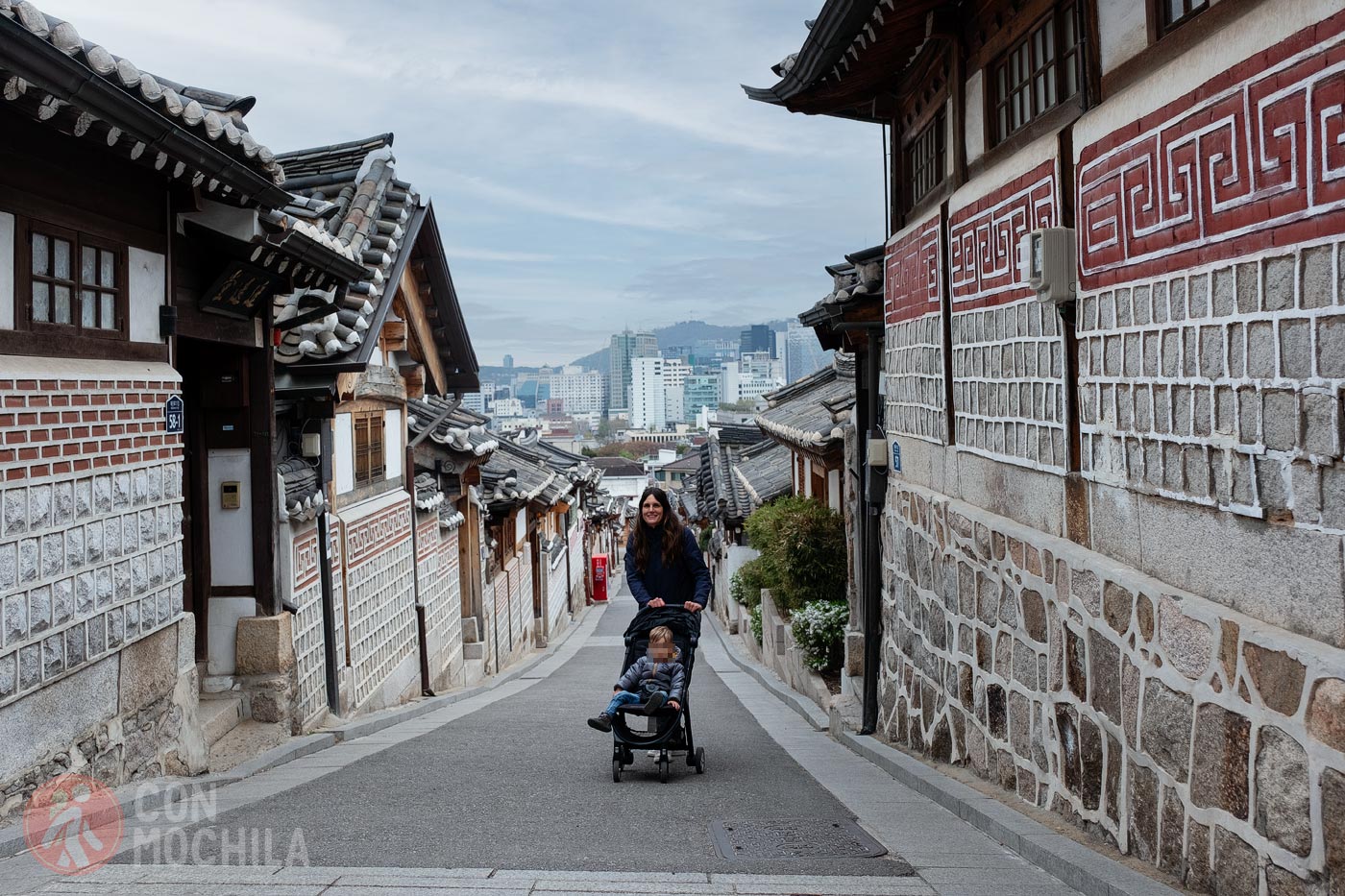
Thanks to its location and geography, South Korea is fortunate to offer a bit of everything: miles and miles of coastline with beaches, islands, and fishing villages; a mountainous interior full of national parks; and cities where you could spend weeks exploring.
Not all destinations make you feel so welcomed—with the order, kindness, and politeness of people who don’t hesitate to smile and are always ready with a friendly gesture toward a family or a small child.
So, the answer to the initial question—is it worth it?—is a resounding yes, and below we’ll show you just a small part of what you can see in South Korea.
In the capital, the perfect balance between modern and traditional life is especially noticeable. A clear example of this is the contrast between the towering skyscrapers and the hundreds of people dressed in traditional hanbok while visiting the royal palaces of the Joseon Dynasty: Changdeokgung, Gyeongbokgung, Deoksugung, Changgyeonggung, or Deoksugung.
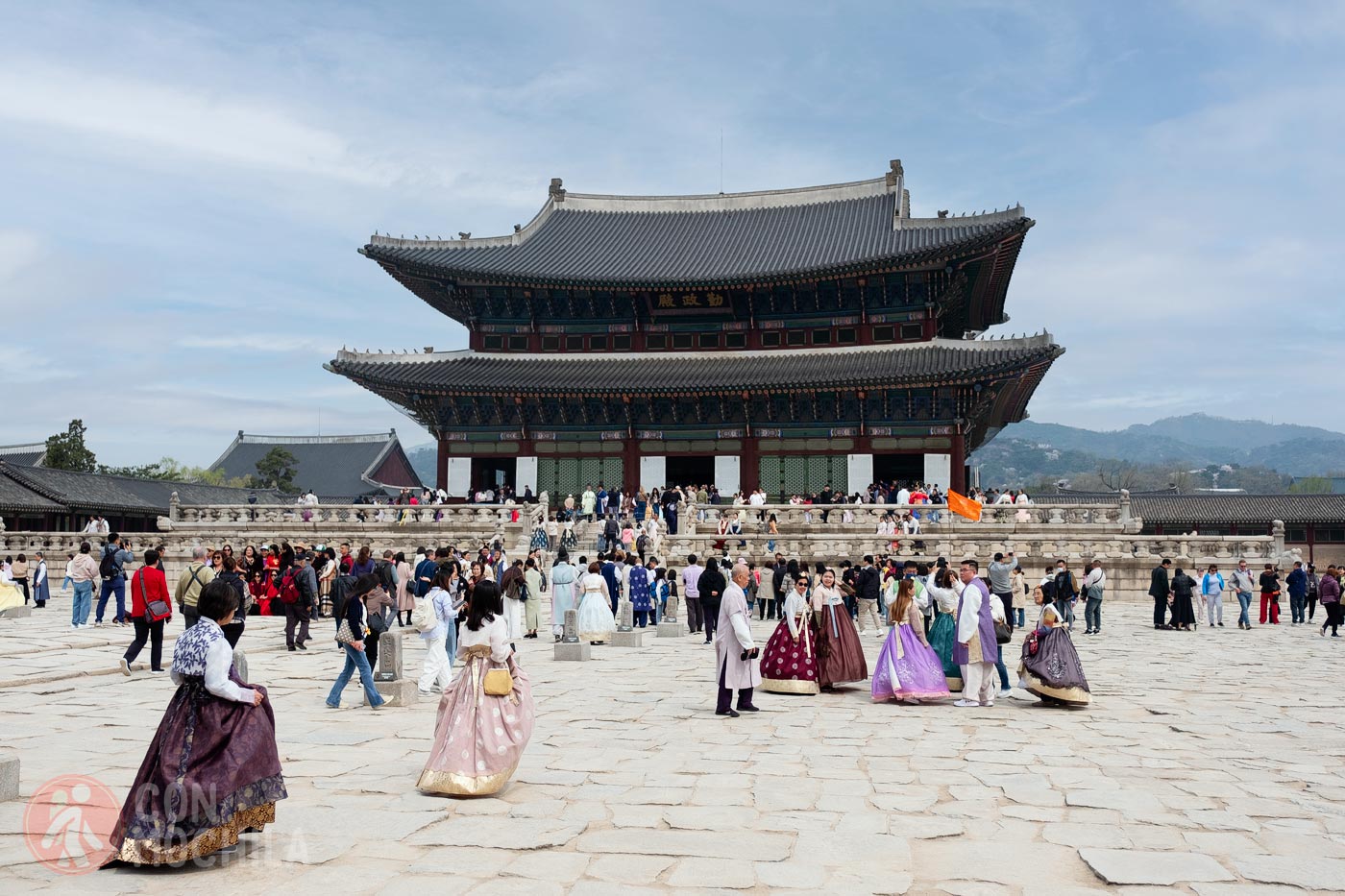
A great way to start your day—before the sun fully rises—is by climbing the slope of Mount Naksan to explore the Ihwa Mural Village district. From there, head to the Seoul City Wall, then detour to the bustling Kwangjang Market and order some kimchi mandu for lunch.
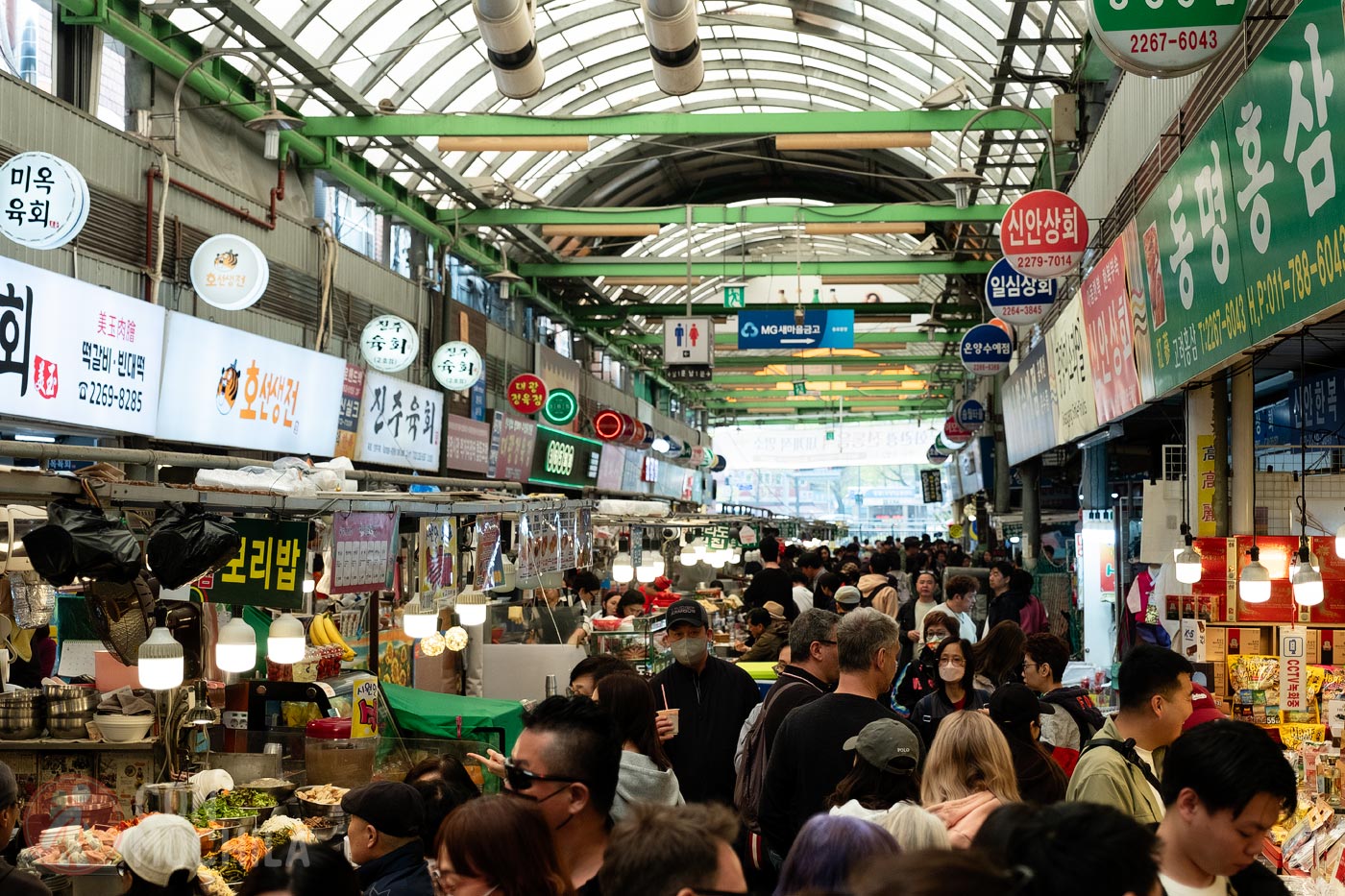
Bukchon Hanok Village will likely be the first of many traditional neighborhoods (seriously, there are many!) you’ll encounter across the country. To enjoy it without the crowds, it’s best to visit early in the morning. However, the spot that truly captures the traveler’s heart is Ikseondong Hanok Village, filled with charming restaurants, cafes, and quirky shops where you can easily spend your budget.
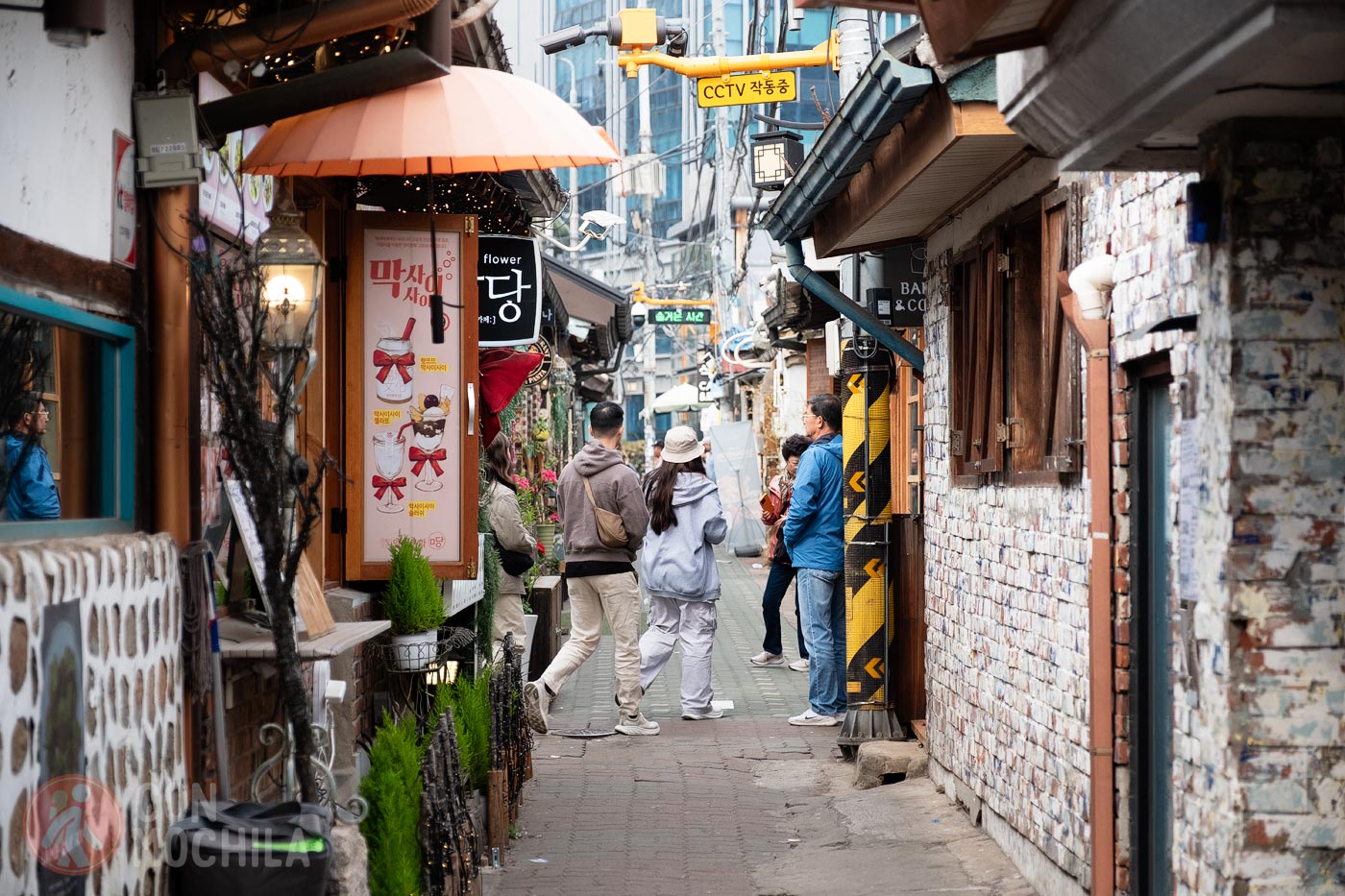
Among the many day trips available from Seoul, the most unique is undoubtedly a visit to the Demilitarized Zone (DMZ)—a 200-kilometer-wide buffer on the border between North and South Korea.
Traveling veggies, if you’re hesitant to order just anything due to unfamiliar ingredients (especially during your first days), but still want to experience Korean cuisine, make a note of this restaurant: Vegan Kitchen.
If you’d prefer a more guided experience, check out the complete Seoul tour with entry tickets, and if you have extra time, don’t miss out on a Korean cooking class.
You can dedicate a day of your stay in Seoul to visiting Suwon, although spending a full day and even staying overnight won’t feel like too much. Famous for Hwaseong Fortress, its more than 5 km of wall can be explored by tourists, locals walking their pets, and cherry trees that bloom spectacularly in April.
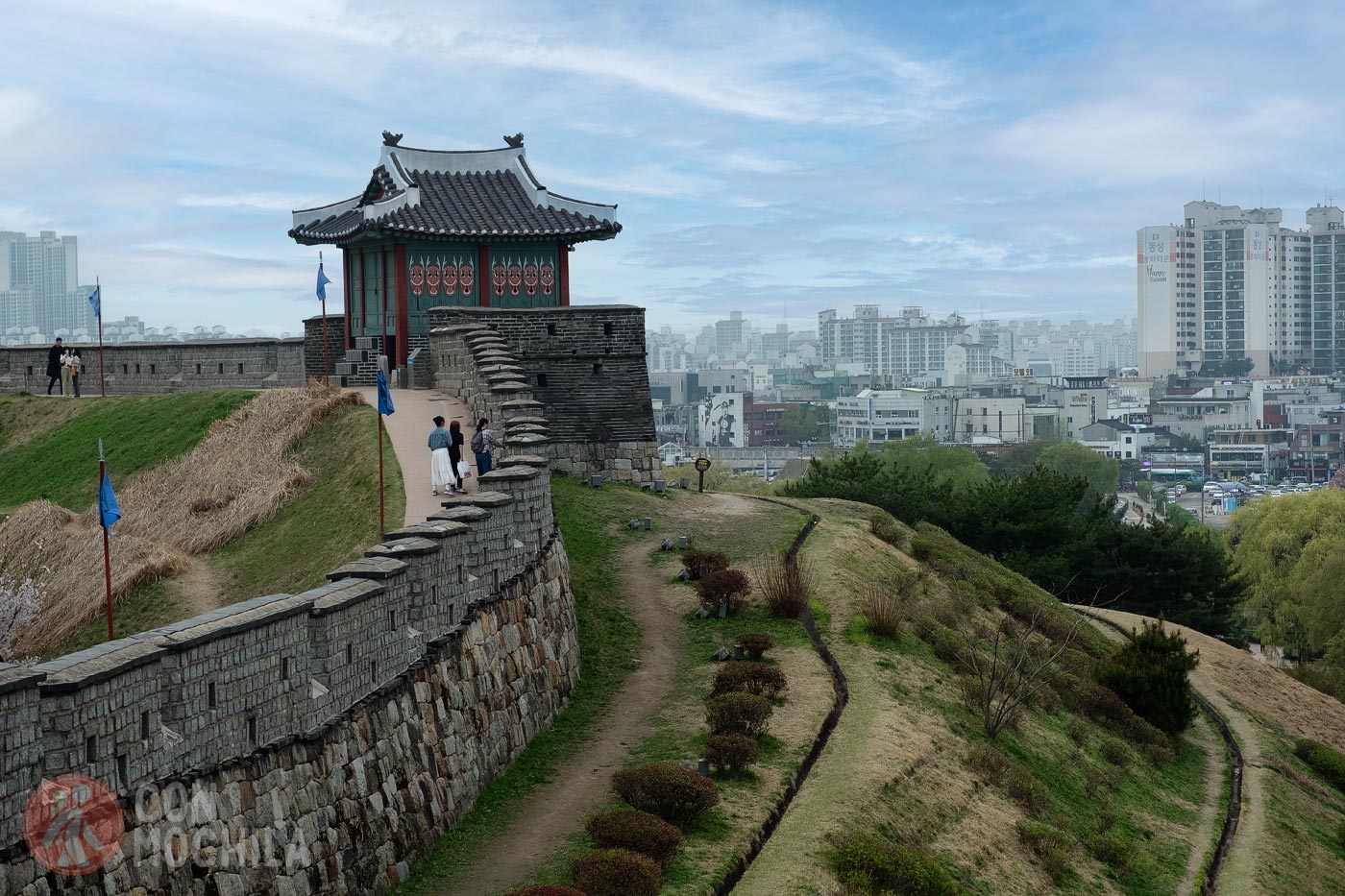
If you’re a bit organized and have time to see more, consider visiting Hwaseong Haenggung Palace or the Paldal-sa Buddhist Temple. And if you’re someone who loves visiting markets wherever you go, make a note of Paldalmun Market and Jidong Market.
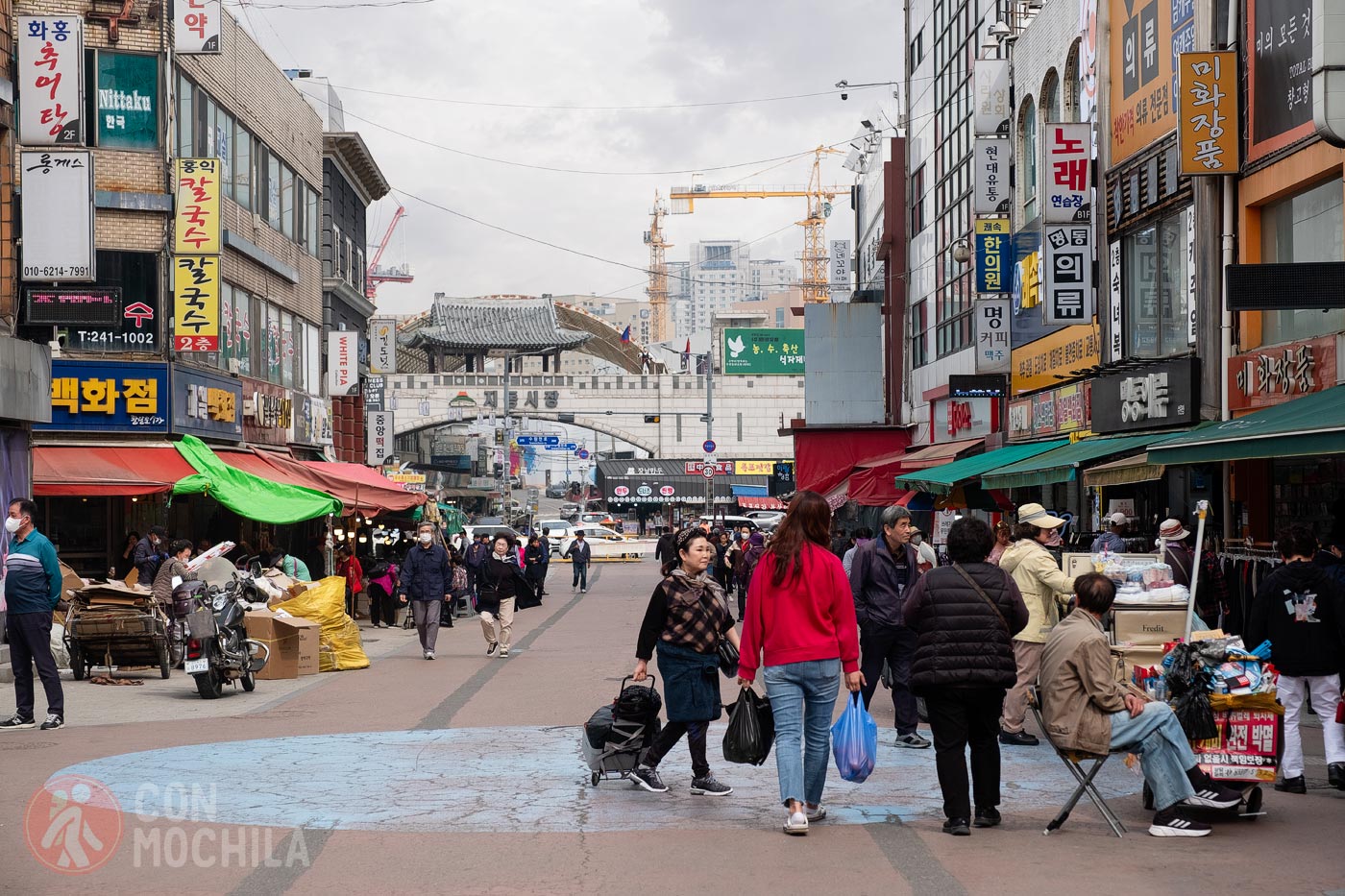
There’s also a tour available to Hwaseong Fortress if you’re staying in Seoul and don’t plan to overnight in Suwon.
This is one of the highlights of any trip to South Korea, thanks especially to its unique and well-preserved hanok district. In Jeonju, many travelers choose to stay in one of these traditional houses, as the neighborhood offers a wide variety—unsurprising, considering that there are around 800 hanoks in Jeonju Hanok Maeul.
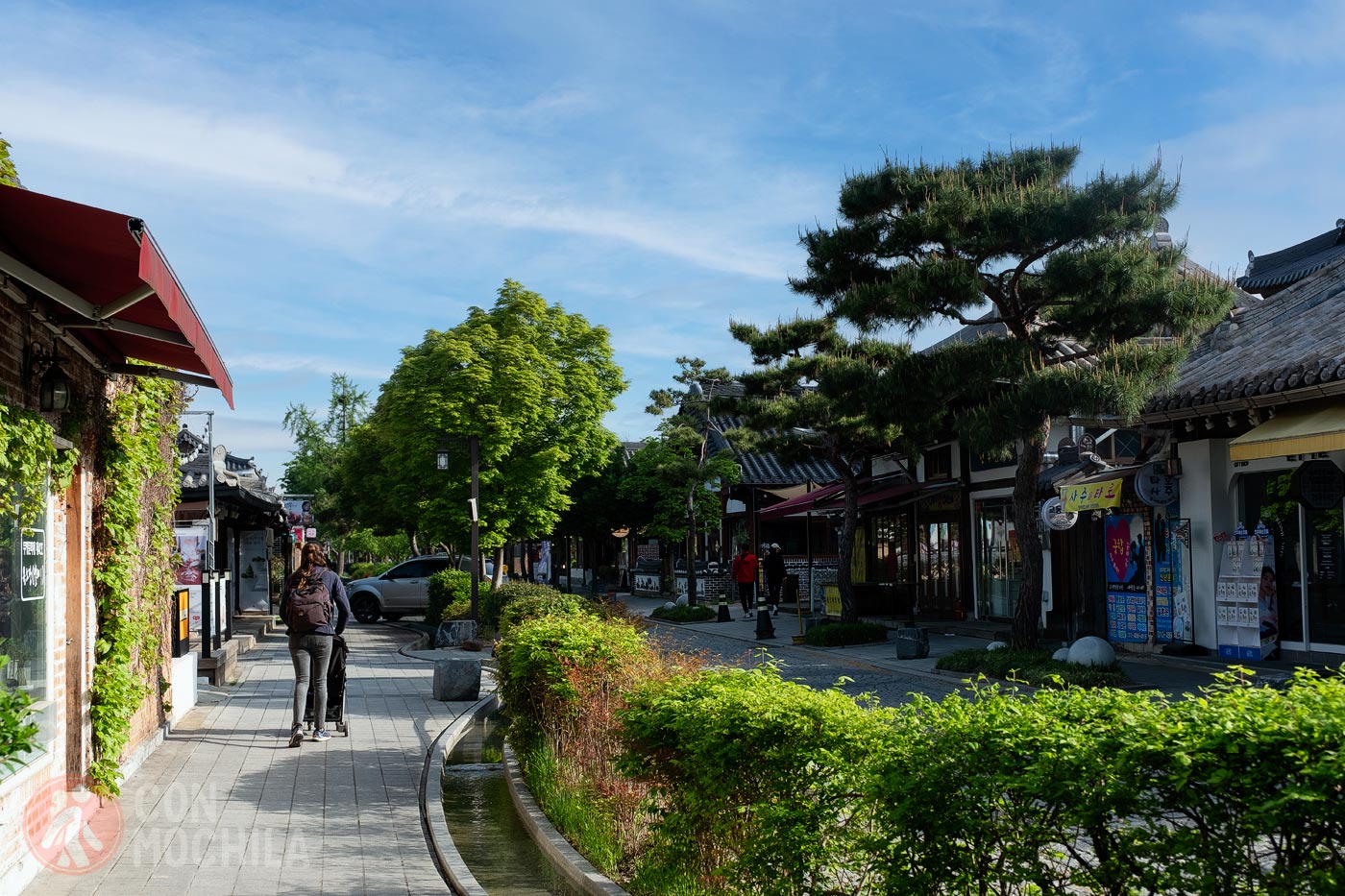
Just be prepared to sleep on the floor on a modest, firm mattress, and don’t expect luxury—apart from a beautiful shared garden that you can enjoy with other guests.
Jeonju Hanok Village is large enough to spend half a day or even a full day wandering its clean streets, browsing souvenir shops, and enjoying traditional Korean cuisine at local restaurants.
The best views are from the hill where the Omok-dae Pavilion is located, although the mural district also offers some lovely perspectives.
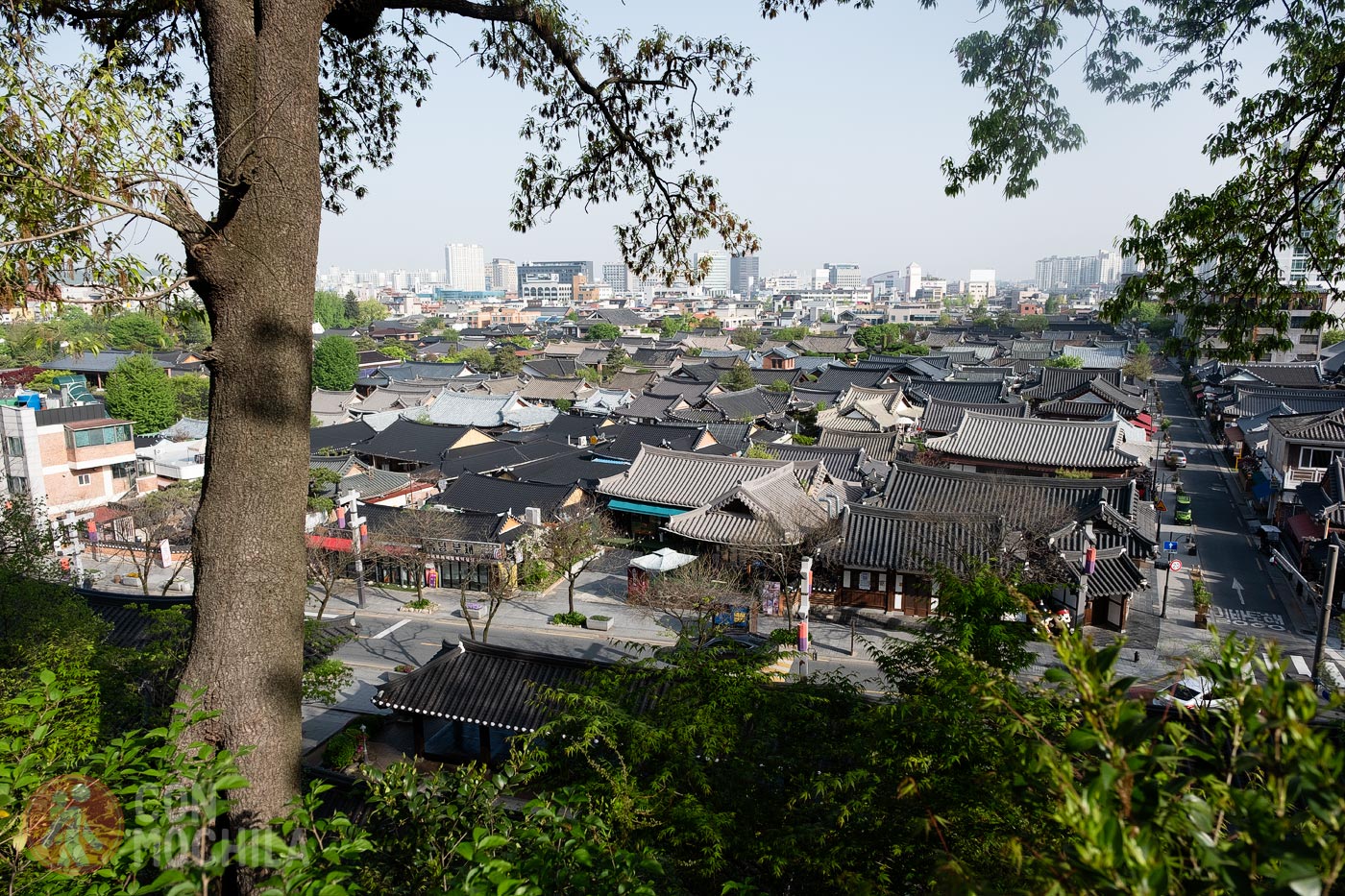
Among the most iconic landmarks you’ll find Gyeonggijeon Shrine, the historic Jeonju Hyanggyo Confucian School, Pungnammun Gate, and Jeondong Cathedral.
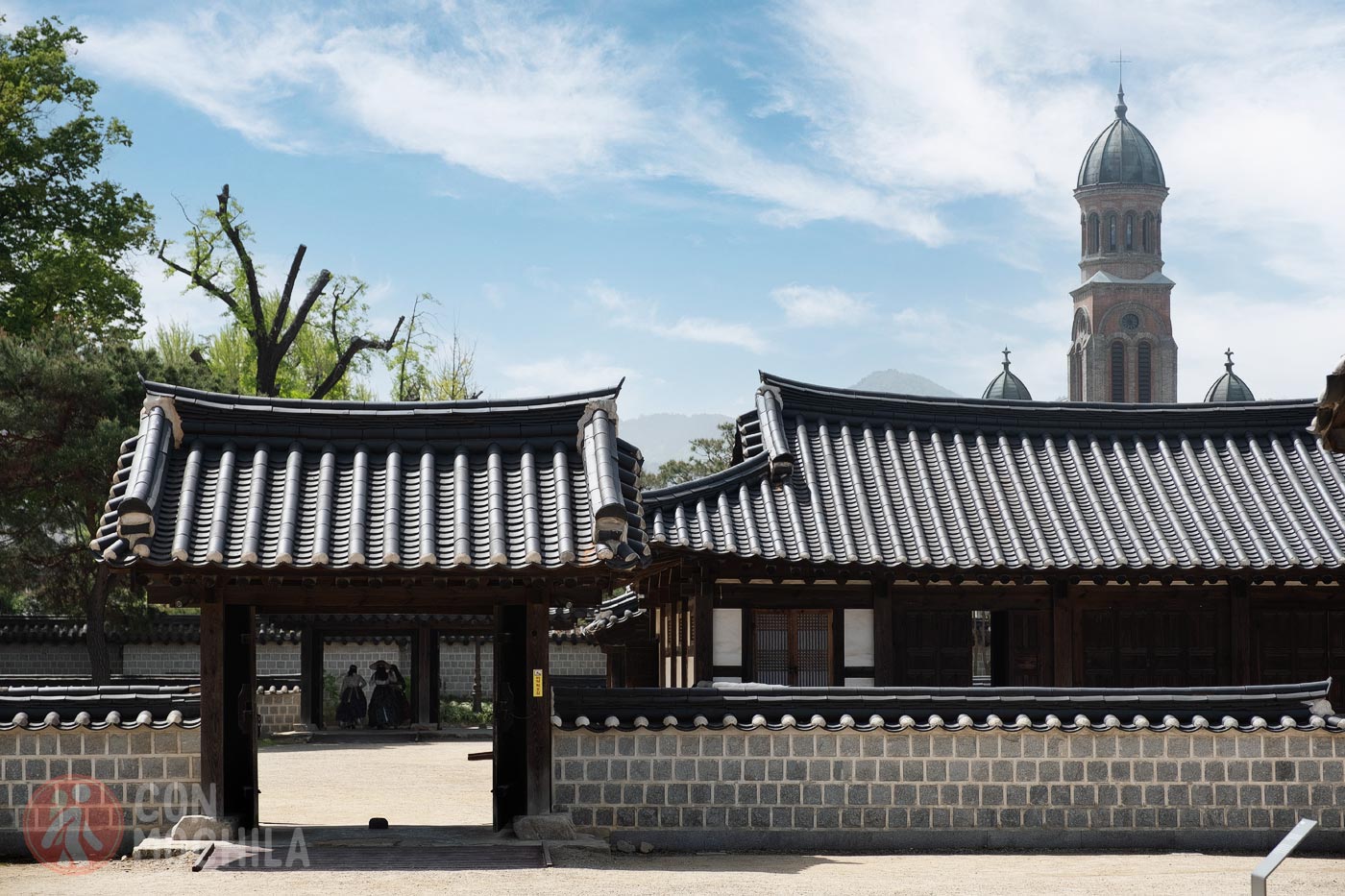
Gyeongju has little or nothing to envy from the previous city, as its burial mound park—a unique way in which the Silla Dynasty buried its royalty—gives the city a distinct identity and makes it a top tourist destination.
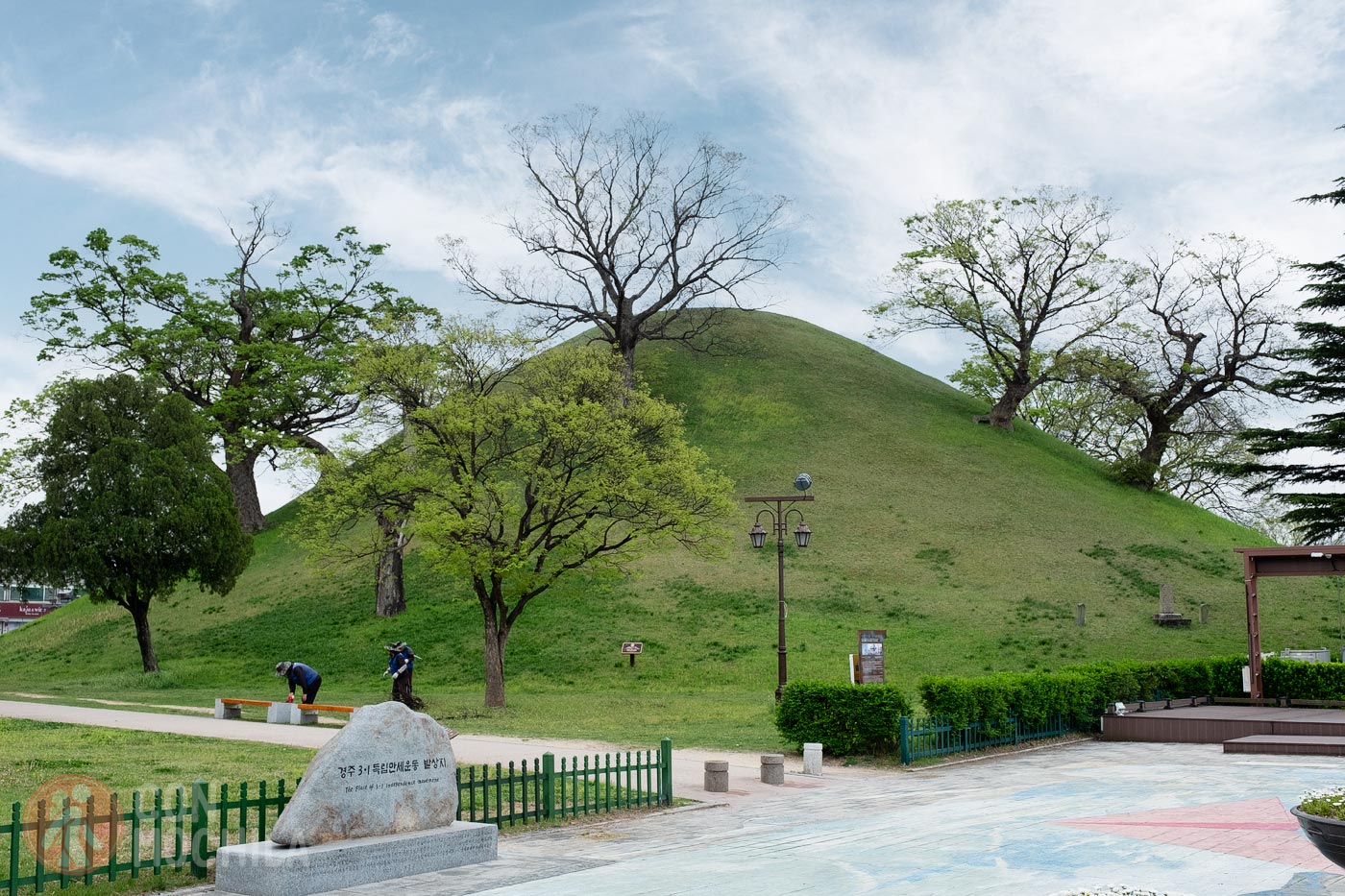
Of course, you’ll also find a hanok district here—modest, yes, but pristine. You can round out your visit with stops at Woljeonggyo Bridge and Cheomseongdae, the oldest astronomical observatory in Asia. And if you’re up for venturing a little outside the city, the Yangdong Traditional Village might surprise you even more.
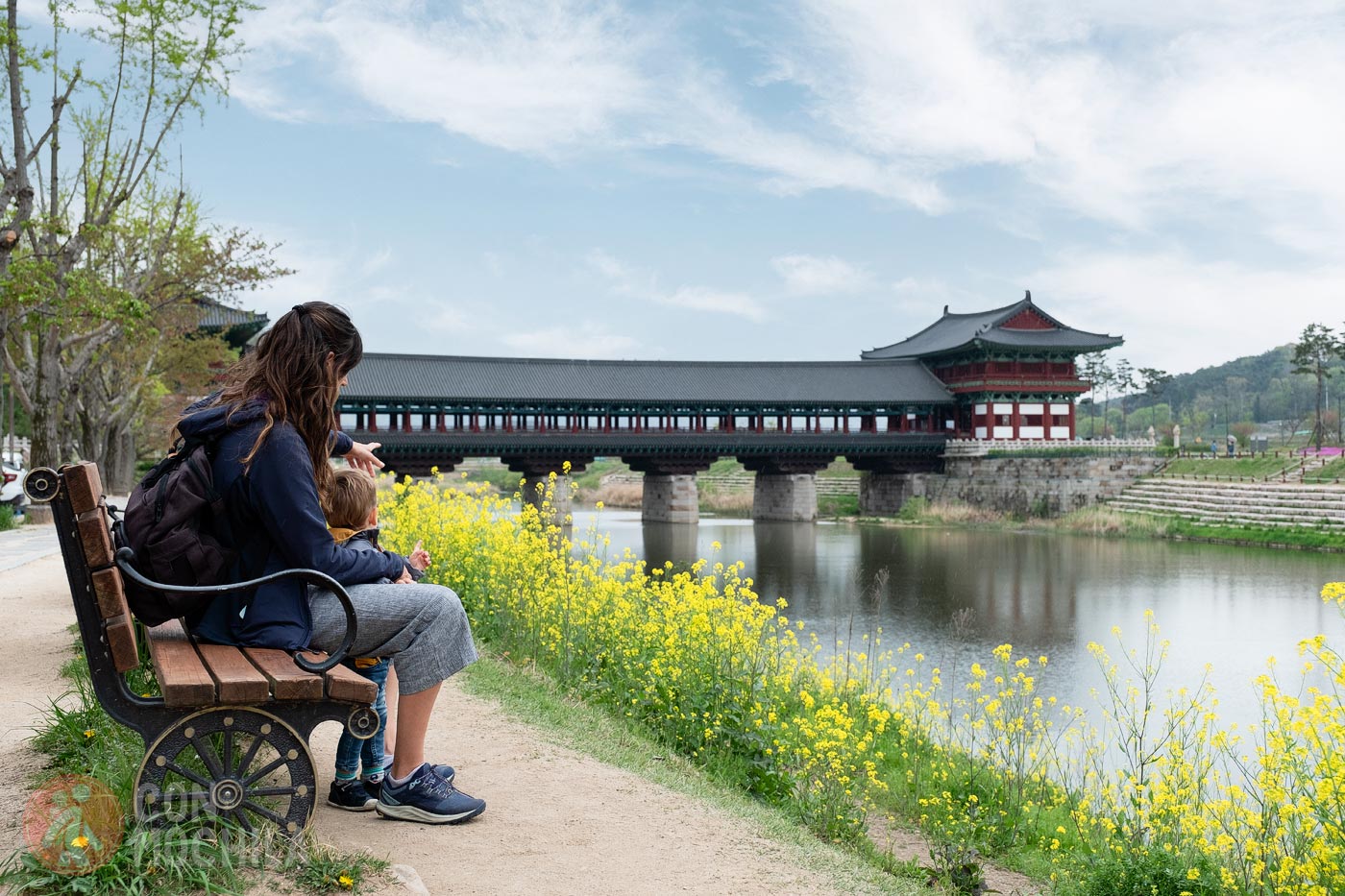
Donggung Palace and Wolji Pond may not be jaw-dropping, but they’re still worth a visit if you’re in the mood for a bit of nature.
There’s also an excursion to Gyeongju from Busan, in case you prefer to base yourself there.
Already a fan of traditional neighborhoods? You probably are by now. If so, be sure to add Andong to your list of places to visit in Korea. From this quiet city—considered the birthplace of Confucianism—you can visit two very special locations.
The first and closest is the Andong Folk Village, located in a picturesque setting next to the Nakdonggang River. The views from Woryeonggyo Bridge are especially stunning in spring when the landscape turns pink with cherry blossoms.
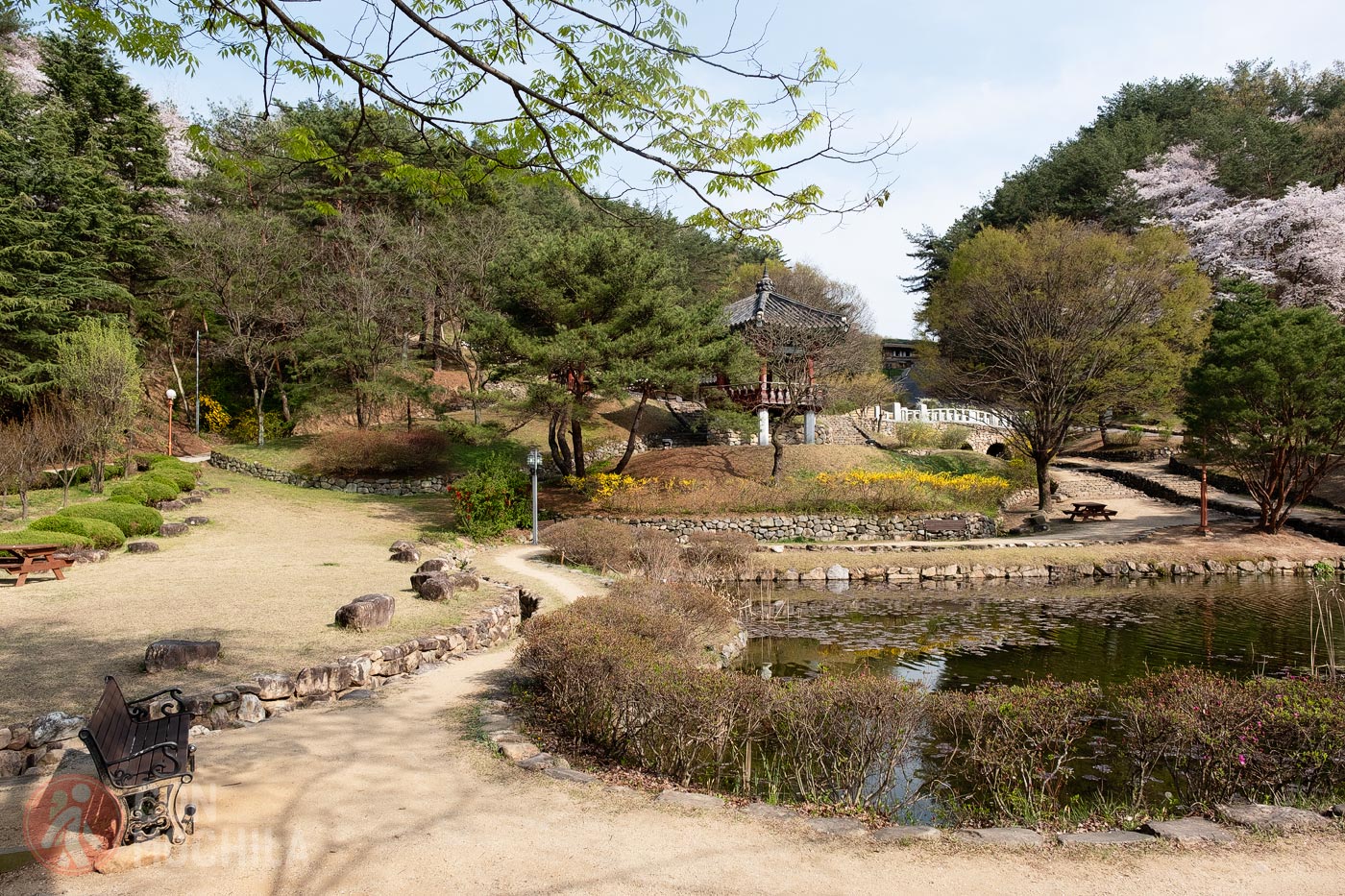
Another great reason to visit Andong is its proximity to the Hahoe Folk Village, the second destination worth mentioning. This idyllic village has been a UNESCO World Heritage Site since 2010.
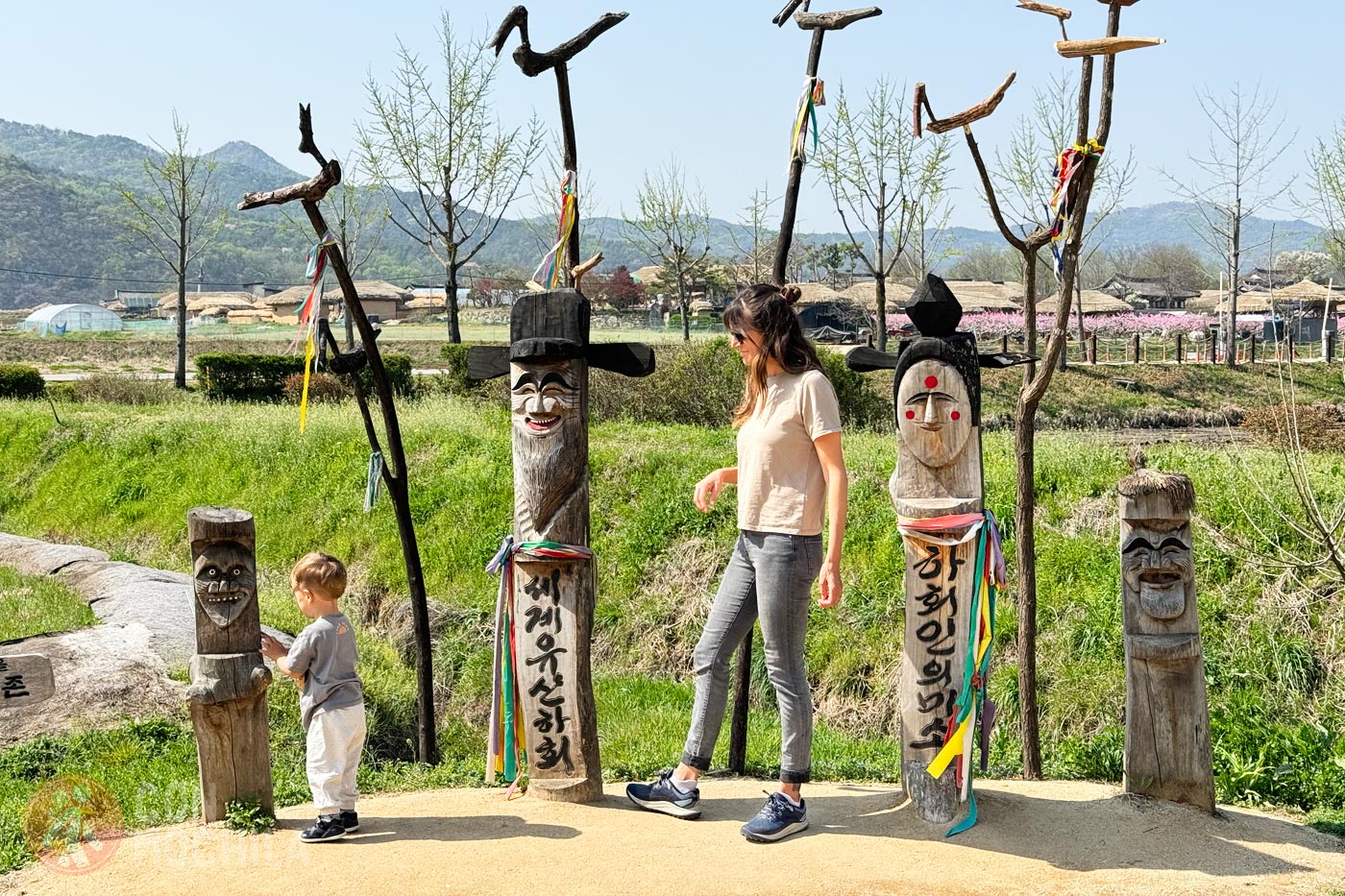
You might not be familiar with the name Danyang, nor have seen it on many South Korean itineraries—but perhaps the word “templestay” rings a bell. It means spending a day—or even a night—at a temple, experiencing monastic life firsthand.
That’s exactly what you can do at Ginsa Temple, the headquarters of the Korean Buddhist Cheontae Order, nestled in the Sobaek Mountains just a few kilometers from Danyang.
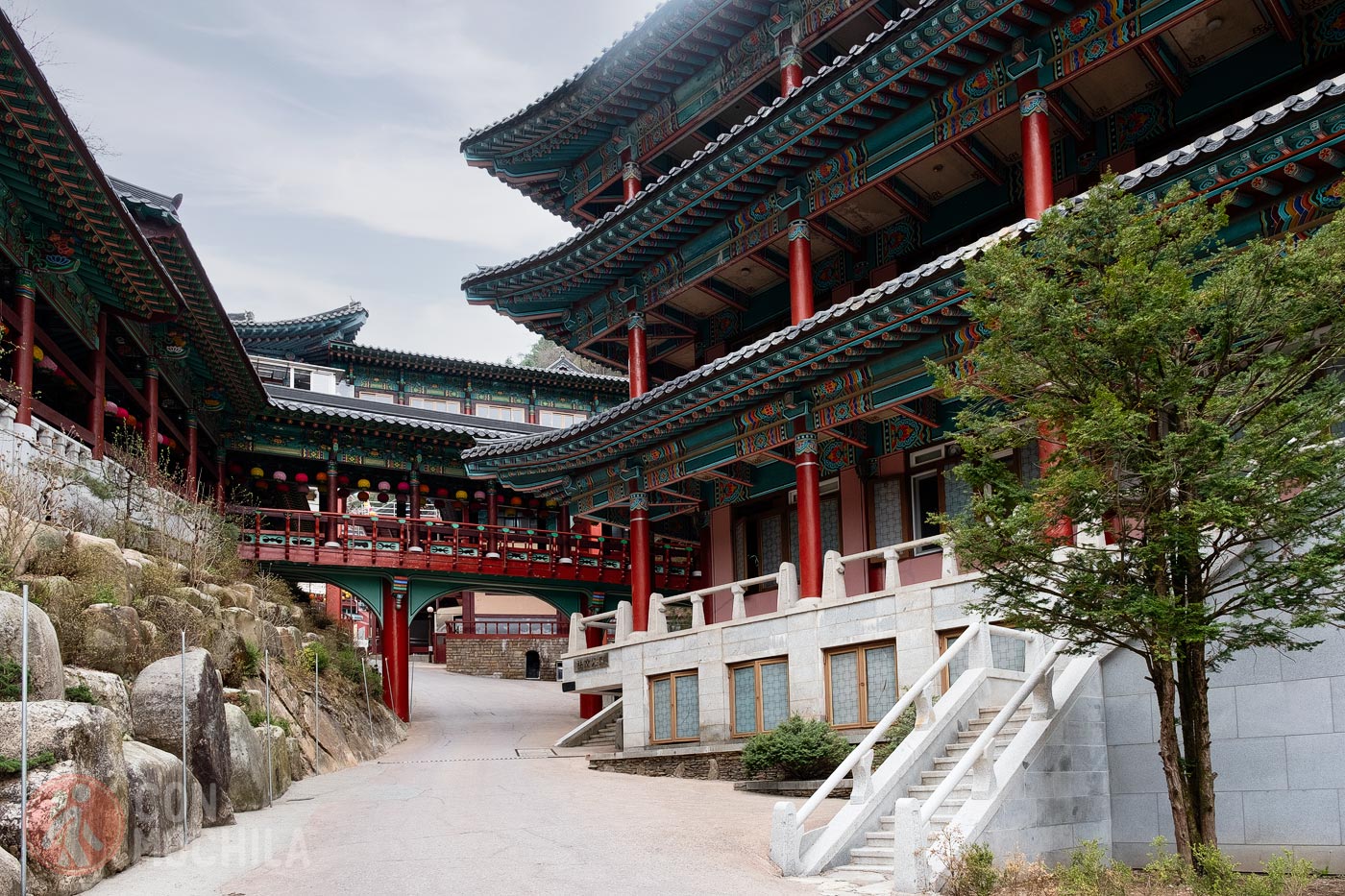
If that sounds a bit too adventurous—or just not your style—you can still visit for the day or enjoy a meal there. Buses run from Danyang, and admission (and even the food) is completely free.
While it may not be the most visually stunning destination in Korea, Danyang offers other activities like exploring the Gosu and Ondal Caves, visiting the market, walking through the rose tunnel, or hiking in the scenic surroundings.
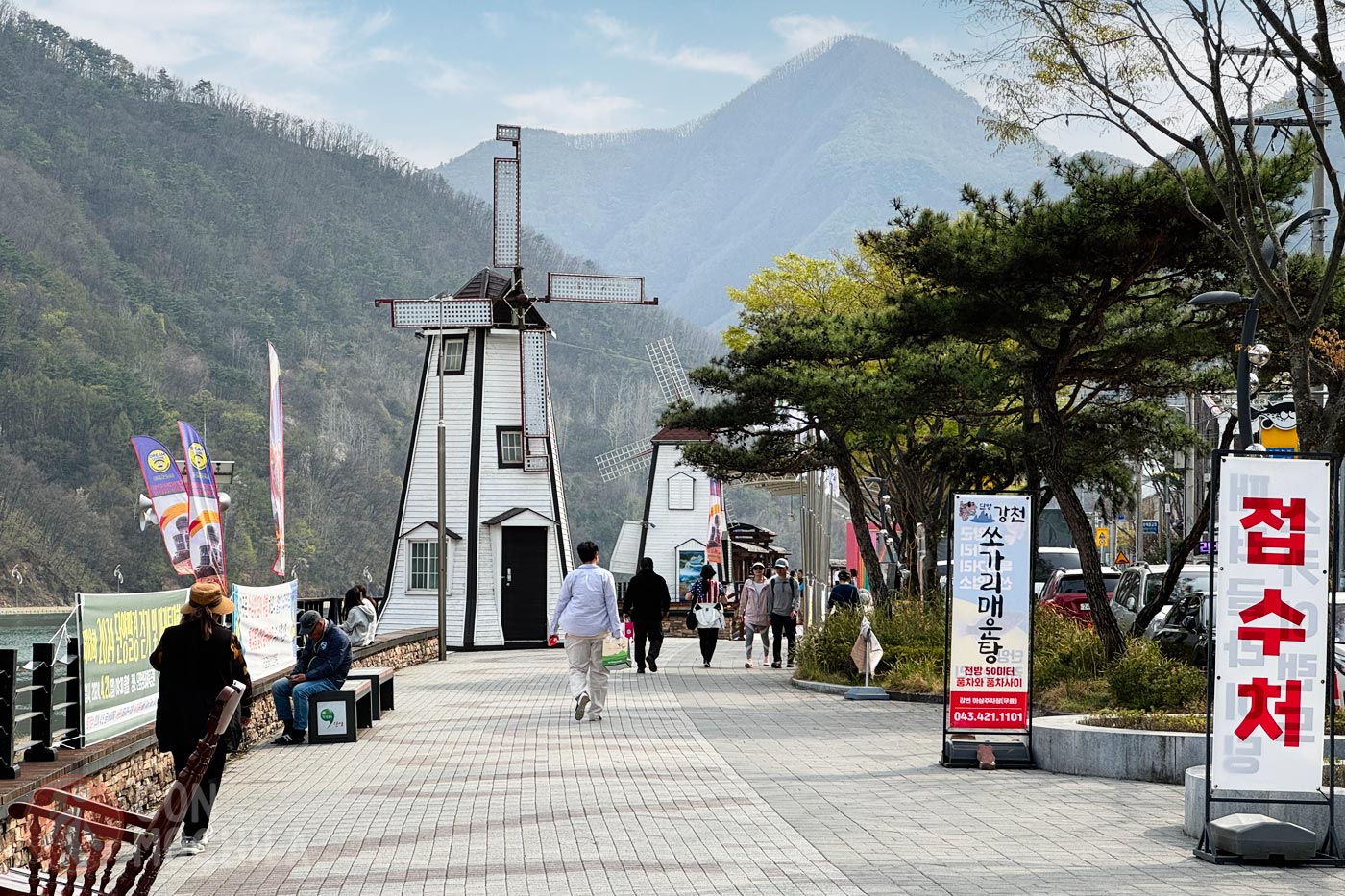
Busan, with its rich cultural heritage, somehow slipped our minds—just like Jeju Island. But both were destinations we had noted down, and we’re leaving them here as a reminder for next time: they’ll be waiting for us.
Located in the southeast of the peninsula, Busan is a coastal city—the second largest in the country—blessed with beaches, cliffs, and countless things to see and do.
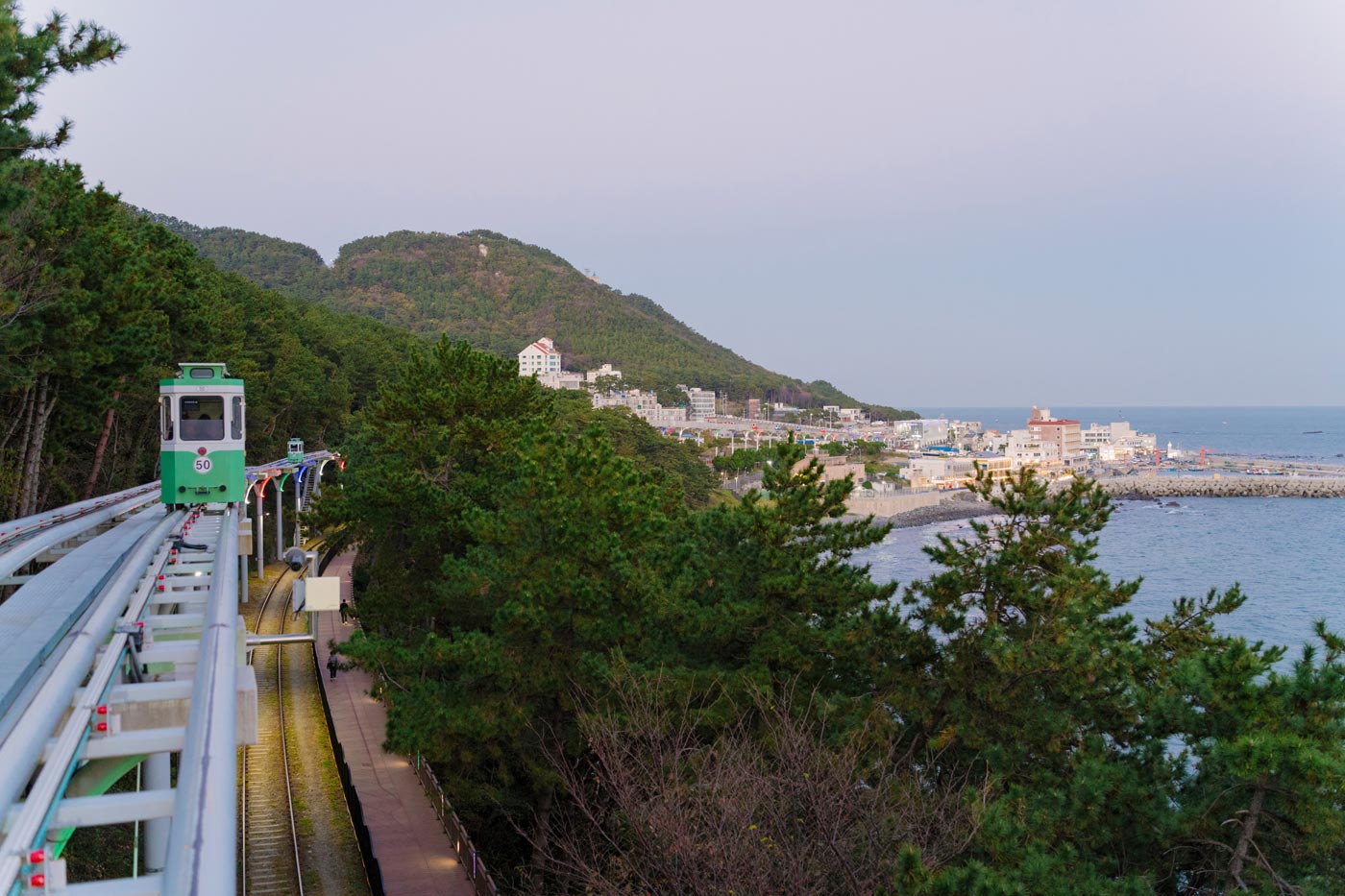
Which ones? Markets like Gukje or Jagalchi Market, temples like Beomeosa Temple, observatories such as BUSAN X the SKY, and viewpoints like Busan Tower.
Two things we’re already adding to our list: a stroll through the Gamcheon Cultural Village, a neighborhood travelers rave about, and a boat ride through Busan Bay. We’ll definitely have to come back…
And we’ve saved Jeju Island for last—not because it’s any less important, but due to its southern location. It’s a very popular destination among Koreans and, as the country’s largest island, it offers everything you could ask for, along with excellent infrastructure to get there.
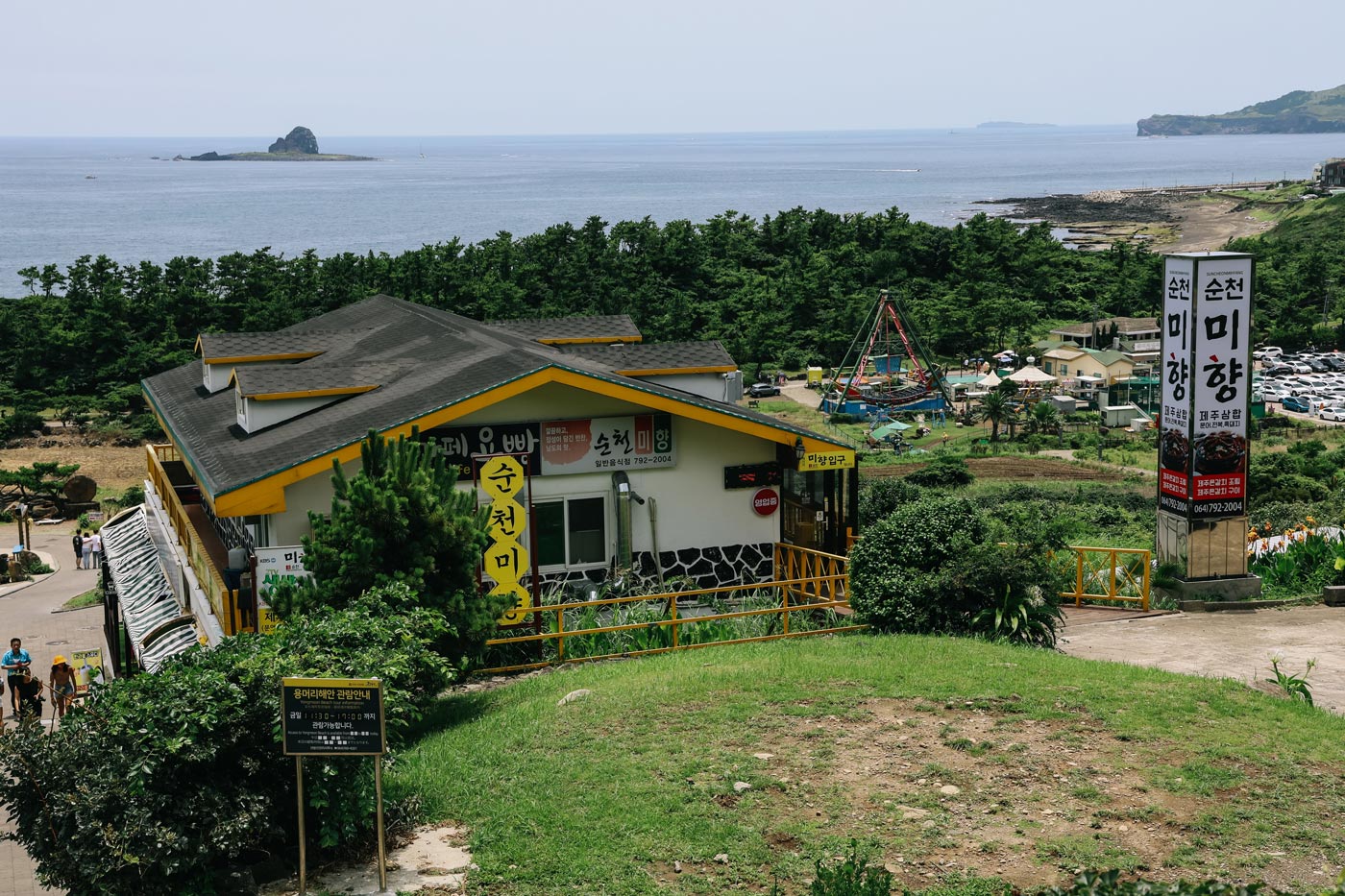
This natural gem is the perfect place to spend the final days of any itinerary, surrounded by crystal-clear beaches, cliffs, waterfalls, volcanic landscapes with craters, caves, national parks, and, of course, a traditional village like Seongeup. And if that’s still not enough, you can hop over to nearby islands like Udo or Biyangdo.
As you can see, South Korea is a destination full of variety, offering something for everyone. Is it on your list of places to visit?